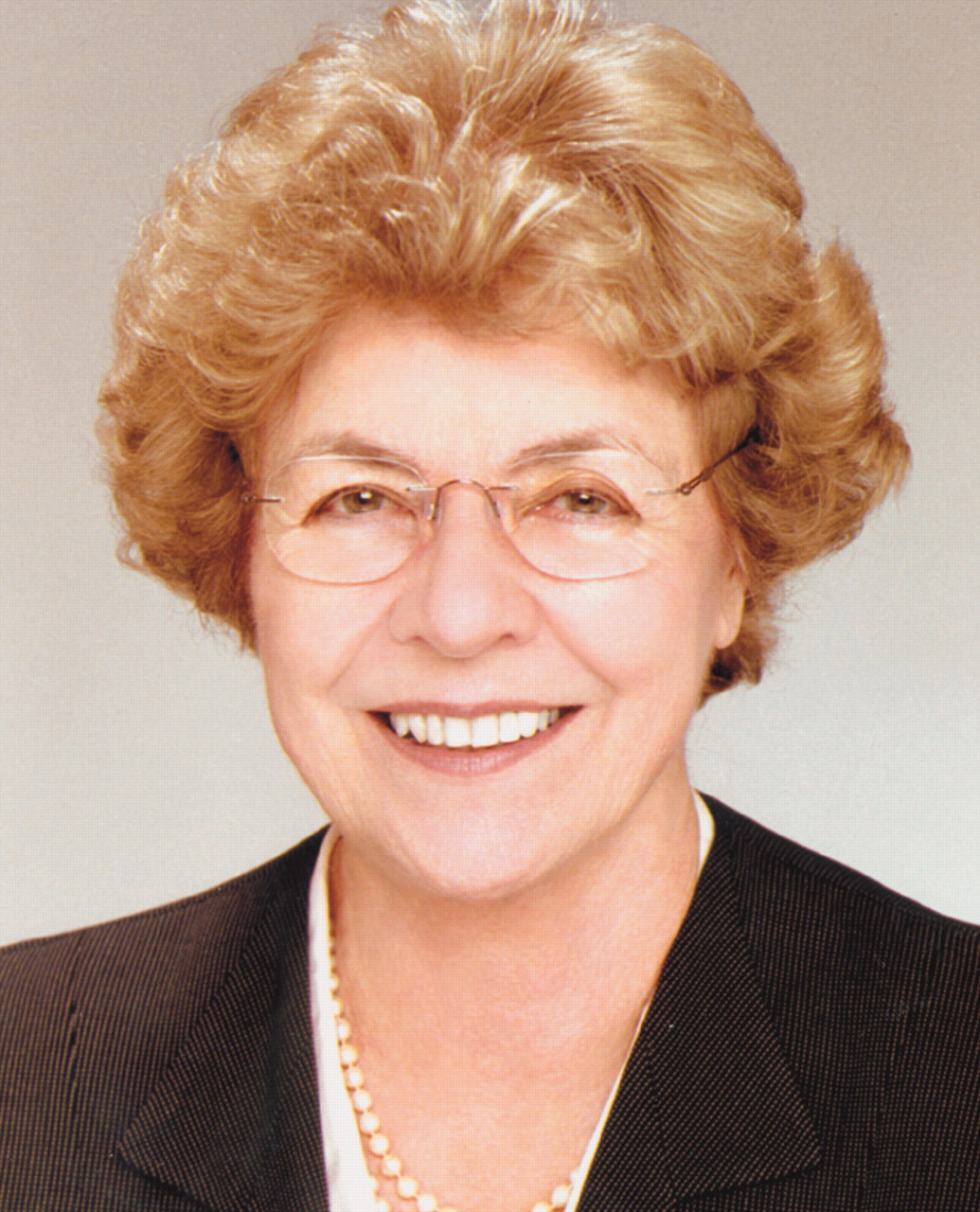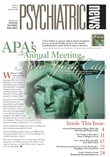The excitement of our meeting in New York in May unfolds in this issue of
Psychiatric News. Those freezing temperatures you have been experiencing or reading about will be gone. Spring flowers will be poking through the turf, and dogwood trees will be in blossom. As you walk through Central Park, the harshness of this winter in the Northeast will be a distant memory.
The APA annual meeting can be daunting. Last year there were 20,000 attendees, and more are expected this year in New York. With more than 500 exciting workshops, brilliant symposia, and stellar lectures, it can be difficult to decide what to do next. For those of us with obsessive-compulsives traits, it is a true challenge. May I suggest that you study the preliminary program published here and register now for the meeting and CME courses.
The theme of the meeting is “Dissolving the Mind-Brain Barrier.” Many symposia and lectures will be devoted to the subject. The concept of a mind-body dichotomy is historically interesting but clinically irrelevant in today’s scientific world. Research in the past decade has demonstrated the molecular interaction of mind and brain, corroborating clinical experience. There is a reawakening of the value of being mindful of the mind and its effect on brain functioning, both in the etiology of psychiatric disorders and in their treatment.
Our field is challenged to provide patients with effective and comprehensive treatment. Knowledgeable psychiatrists appreciate the virtues of psychotherapy integrated with an informed grasp of psychopharmacology. We are not far from the day when a computer will generate a patient’s phenotype and link that information with specific details for appropriate use of psychopharmacologic agents. Resolving the unconscious psychodynamic conflicts may take a while longer.
Neuroscientists recognize that stress has a major impact on neurocircuitry and gene expression. We psychiatrists have an intimate awareness that stress can be overwhelming and very often triggered by war, loss, death, and poverty. Stress also has very personal individualized meaning depending upon a person’s history and vulnerabilities. This delicate interplay between life experience, psychodynamic conflict, gene expression, and developmental experience filtered through our neurocircuitry makes all of us who we are, points to the diseases that affect us, and recommends the treatments we use. Understanding the resultant idiosyncratic outcome of these interrelationships is the challenge of our specialty.
There will be numerous presentations in keeping with the theme. The Presidential Symposium on Monday afternoon, May 3, “The Biopsychosocial Model: Myth or Reality?,” will define and elaborate prominent issues. The Adolf Meyer Lecture given by Dr. Glen Gabbard will excite us with a knowledgeable exposition on “Mind, Brain, and Personality Disorder.” Dr. David Spiegel’s Judd Marmor Lecture, “Feeling and Healing: Biopyschosocial Treatments and Their Effect on Medical Illness,” and the Committee on Psychotherapy’s symposium, “Psychotherapy and Psychopharmacology: Dissolving the Mind-Brain Barrier,” are right on target.
Other symposia and workshops on these issues include Dr. Daniel Siegel’s “Mind/Brain and Interpersonal Experience in Psychotherapy” and Dr. Stuart Yudofsky’s “Getting Unstuck: an Approach to Treatment Recalcitrance” and “Traumatic Stress: the Bridge Between Neuroscience and Psychodynamic Psychotherapy” chaired by Dr. Andrei Novac.
The annual meeting is an opportunity to see old friends, make new ones, and enjoy the shared stimulation of the finest scientific program in the world.
And then there is New York itself. Walk the safe streets, and you will find restaurants to satisfy every taste and pocketbook, the theater and lots of nightlife choices, a plethora of museums, and fine shops—everything is there. ▪

